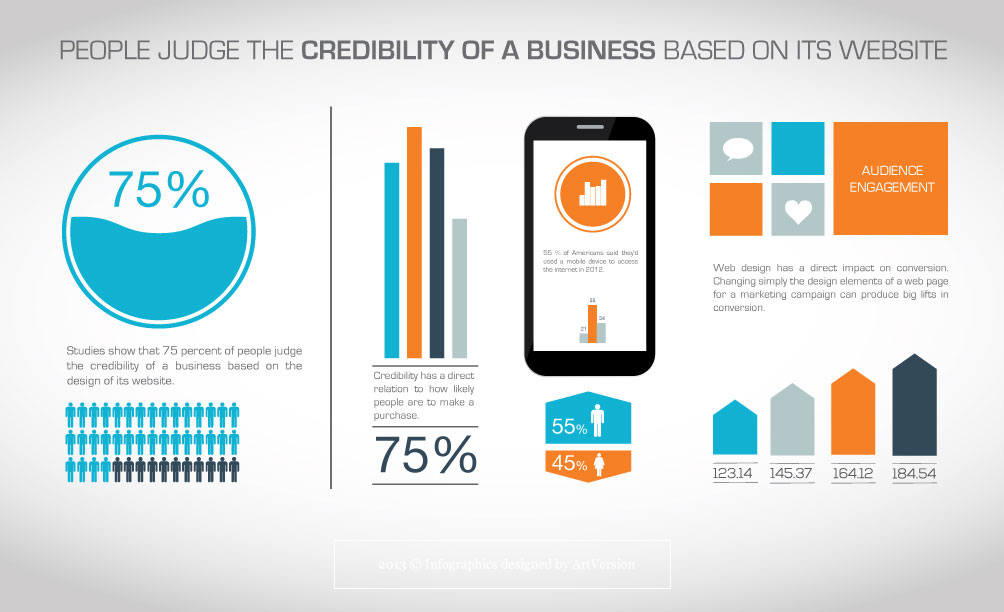Interested In Finding Out Exactly How Website Layout Has Evolved? Take A Trip Through The Change
Interested In Finding Out Exactly How Website Layout Has Evolved? Take A Trip Through The Change
Blog Article
Produced By-Tobiasen Lunde
In the past, websites were easy and focused on information. Navigating was straight, and design was for desktops. Currently, user experience is key. Data guides styles for very easy navigation. Receptive formats match various tools. Today, dark setting minimizes pressure, and minimal food selections enhance navigation. Interactive features engage customers, and bold visuals stick out. AI integration improves involvement. See exactly how layout has actually evolved to enhance your on the internet journey.
Early Days of Website Design
In the early days of web design, simpleness preponderated. Websites were standard, with minimal colors, font styles, and layouts. The focus got on supplying info instead of fancy visuals. Individuals accessed the internet with sluggish dial-up links, so rate and capability were essential.
Navigating food selections were straightforward, typically located at the top or side of the web page. Websites were created for desktop computers, as mobile surfing had not been yet widespread. Material was king, and developers prioritized simple readability over complicated layout elements.
HTML was the main coding language made use of, and designers had to work within its restrictions. mouse click the following web site and interactive functions were very little compared to today's requirements. Sites were fixed, with little vibrant web content or customized customer experiences.
Increase of User-Focused Layout
With the development of internet site layout, a shift towards user-focused layout concepts has actually come to be increasingly famous. Today, creating websites that prioritize customer experience is important for involving visitors and accomplishing business objectives. User-focused design entails recognizing the requirements, preferences, and habits of your target audience to customize the internet site's layout, material, and features accordingly.
Developers currently carry out detailed study, such as individual studies and functionality screening, to collect insights and comments directly from users. This data-driven technique aids in producing instinctive navigating, clear calls-to-action, and aesthetically appealing user interfaces that reverberate with site visitors. By placing the user at the facility of the style process, sites can supply a much more individualized and pleasurable experience.
Responsive style has additionally emerged as a crucial element of user-focused layout, guaranteeing that websites are maximized for different devices and display dimensions. This adaptability boosts ease of access and functionality, dealing with the varied means individuals connect with sites today. In essence, the rise of user-focused design symbolizes a change towards producing electronic experiences that focus on the needs and assumptions of completion user.
Modern Trends in Website Design
Discover the most recent trends shaping website design today. One famous trend is dark mode style, offering a sleek and modern-day appearance while lowering eye stress in low-light atmospheres. An additional key pattern is minimal navigating, streamlining food selections and boosting individual experience by focusing on essential elements. Incorporating micro-interactions, such as computer animated buttons or scrolling impacts, can create a more interesting and interactive site. Responsive style stays vital, making certain seamless user experiences across numerous gadgets. Furthermore, making use of strong typography and unbalanced designs can include aesthetic interest and accentuate particular web content.
Incorporating AI innovation, like chatbots for client assistance or customized suggestions, enhances customer involvement and improves procedures. Accessibility has also come to be a considerable fad, with designers focusing on inclusive design practices to deal with diverse customer requirements. Welcoming sustainability by maximizing site efficiency for rate and efficiency is an additional emerging pattern in web design. Collaborating with user comments and data analytics to repeat and improve design continuously is important for remaining relevant in the ever-evolving electronic landscape. By embracing Suggested Reading , you can develop a visually attractive, user-friendly web site that resonates with your target market.
Final thought
As you assess the evolution of internet site design from the early days to now, you can see just how user-focused design has actually ended up being the driving force behind contemporary fads.
Welcome the journey of modification and adaptation in web design, always keeping the user experience at the leading edge.
Tippingpointdigital
Keep current with the most up to date trends and technologies, and never ever stop developing your approach to produce visually sensational and user-friendly websites.
Progress, adapt, and create - the future of web design is in your hands.
